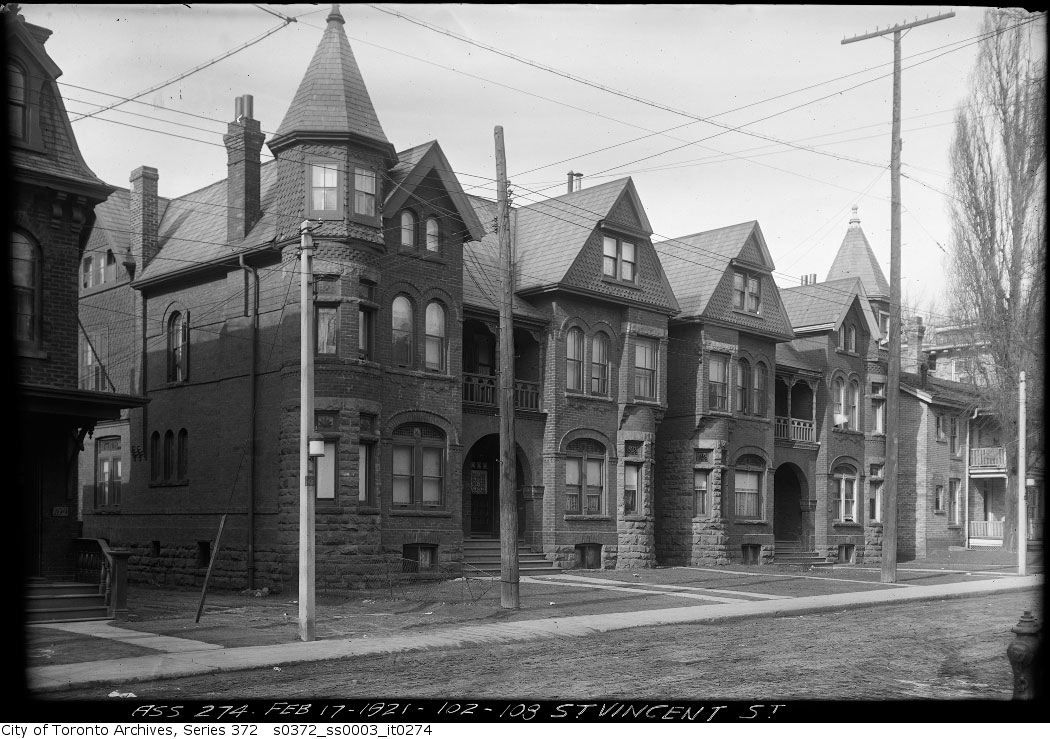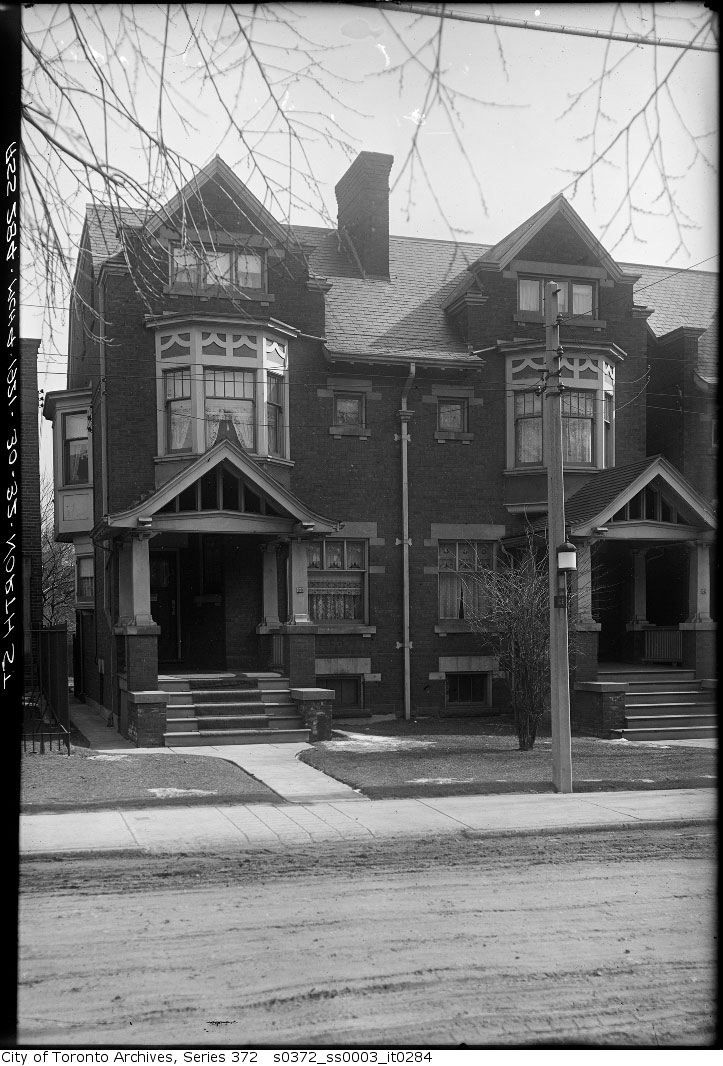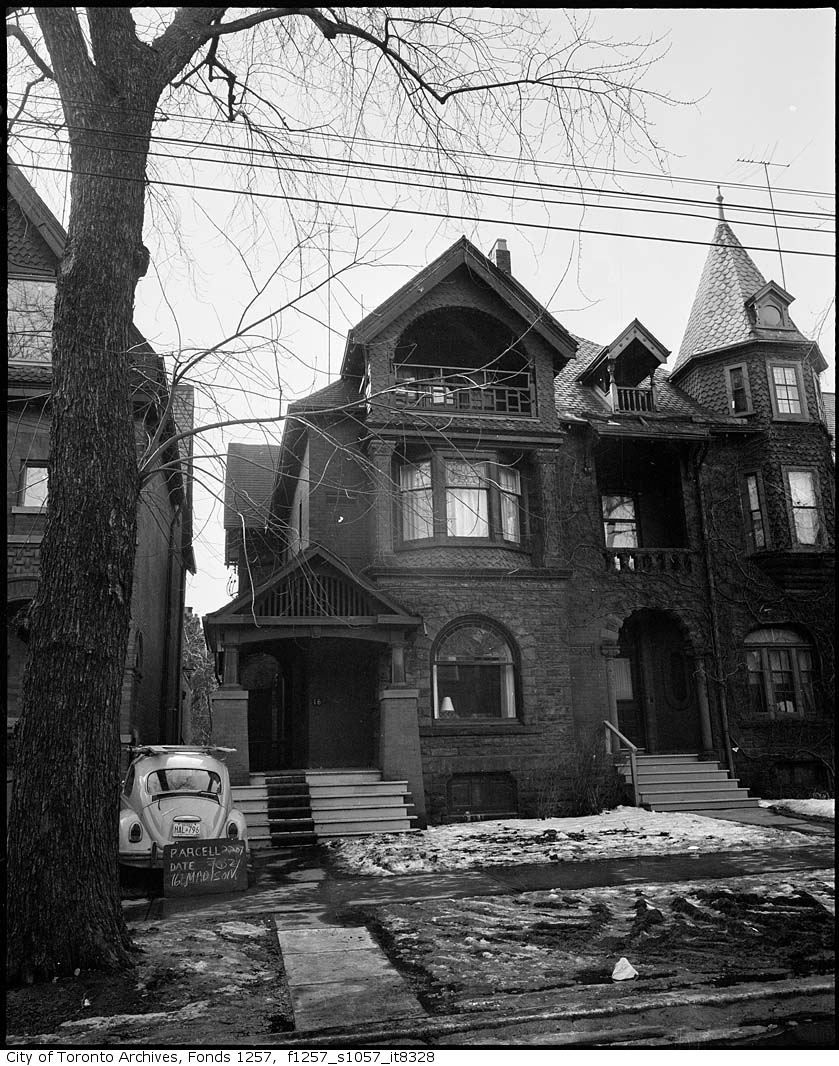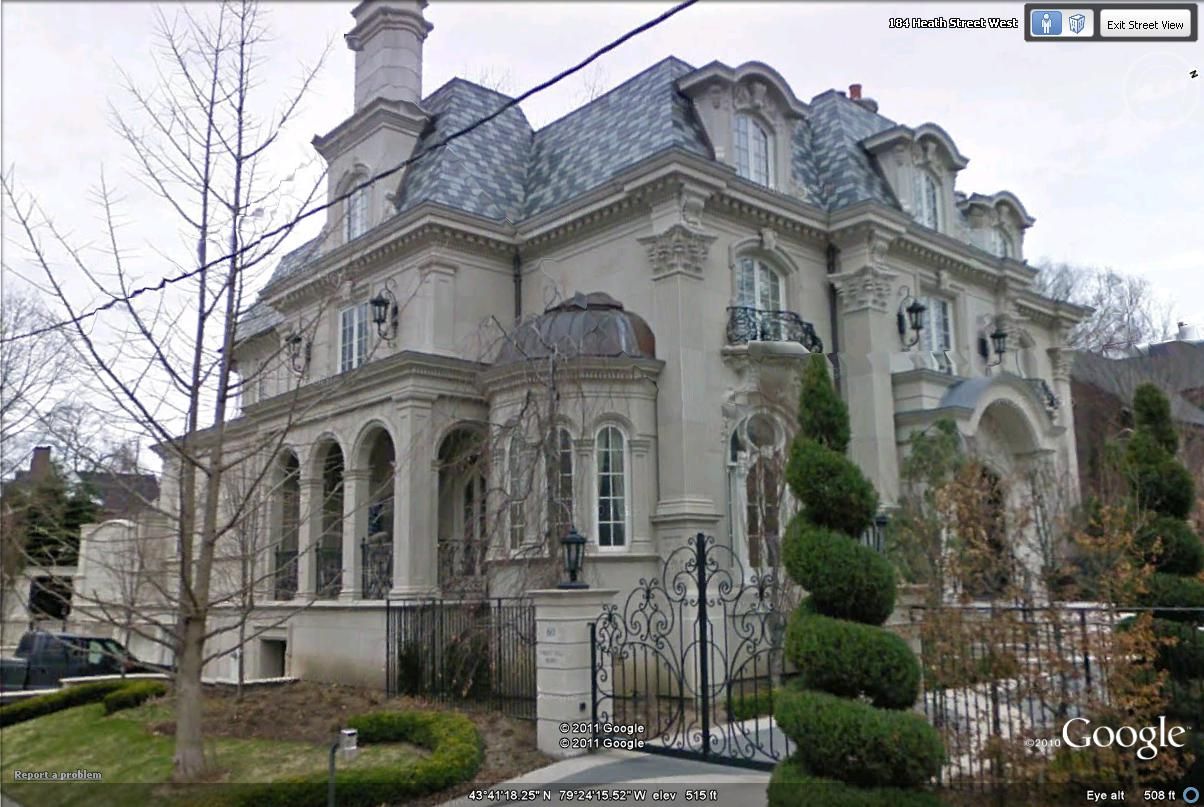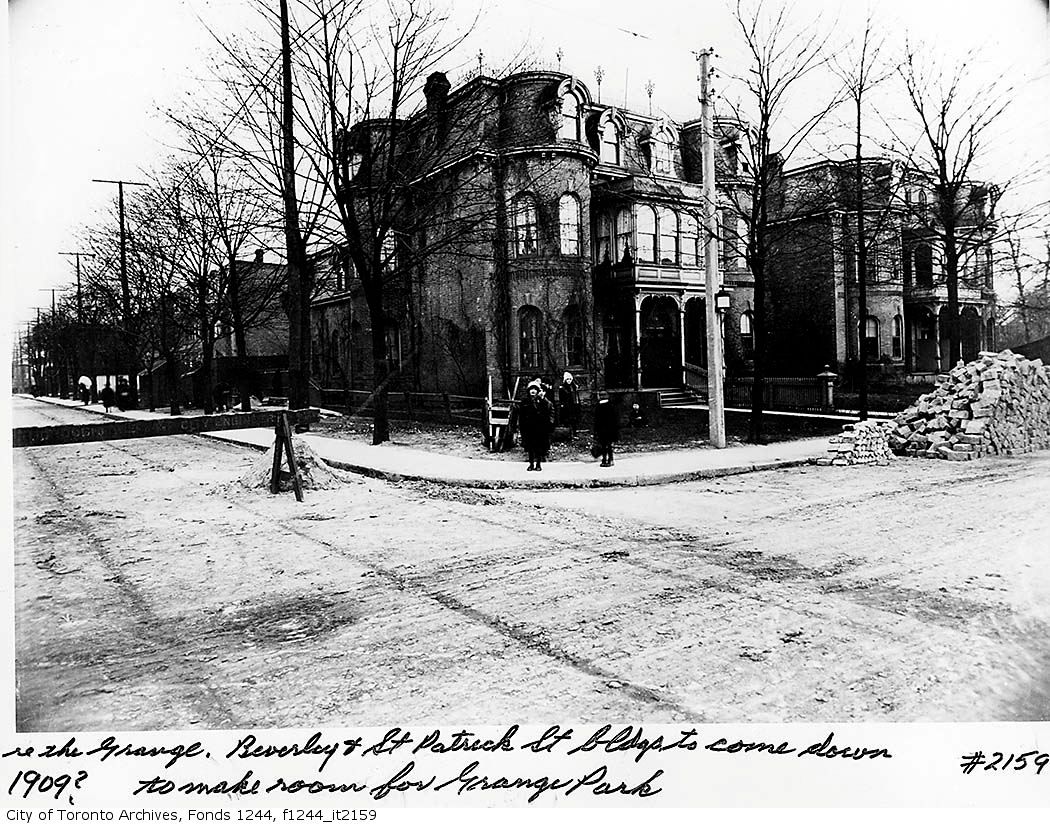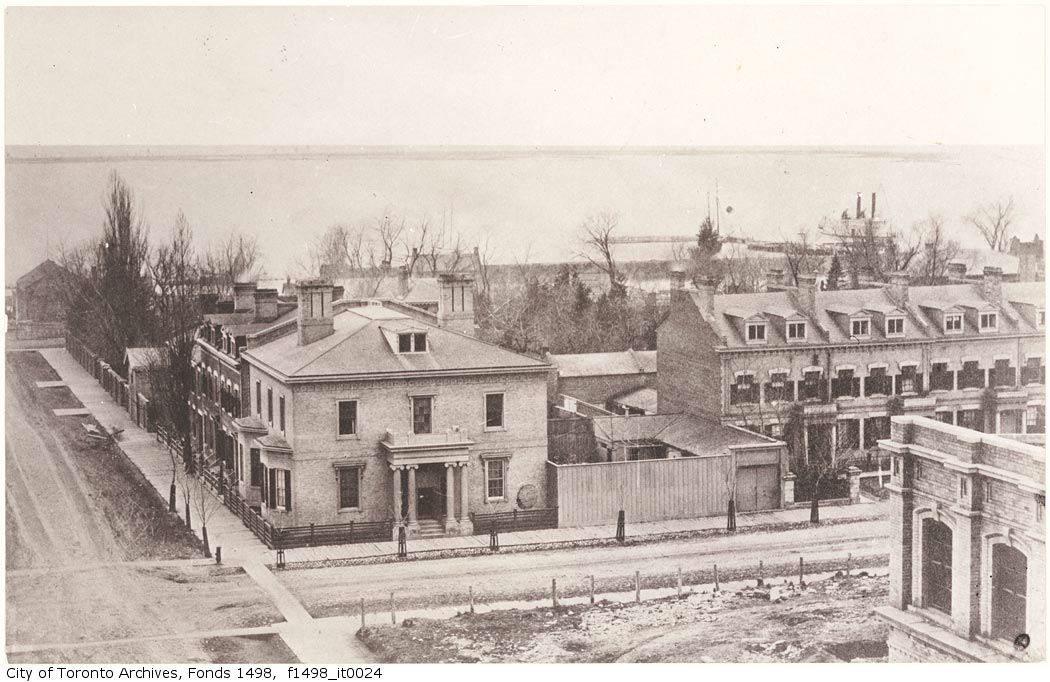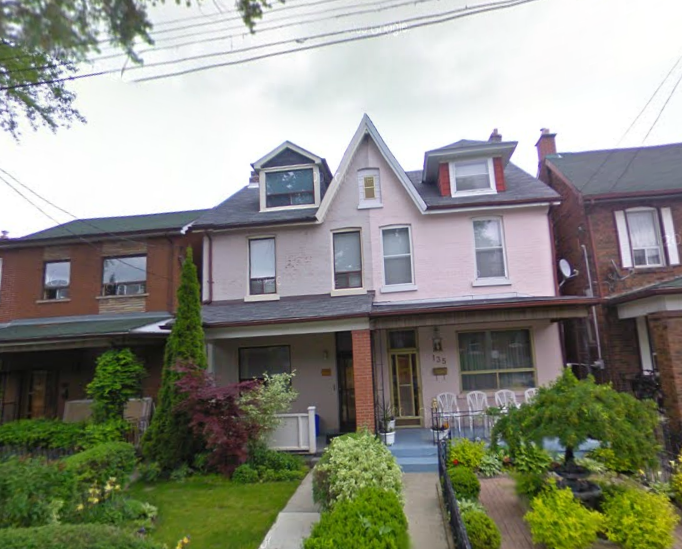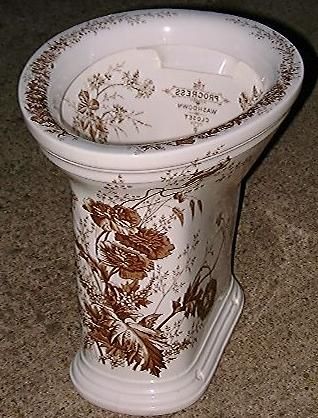Mods, is this an appropriate thread for the ongoing "Toronto Style" mo/neomo/pomo/Burj-al-BaySt-box-with-a-huge-smoked-turkey-drumstick-standing-on-its-roof-pretending-we're-in-the-Jazz-Age debate? Please advise.
Jumping ahead a few decades from the properties shown above, I enjoyed this little interview with Bruce Mau on BlogTO - only a few questions, but pithy observations about Toronto's gentle urbanism.
As I am a neophyte poster, please give me some leeway if I haven't got the cut/paste below quite right. My emphasis for readability
http://www.blogto.com/arts/2011/10/bruce_mau_still_thinks_toronto_is_a_cool_place/
Bruce Mau still thinks Toronto is a cool place
Posted by Chandler Levack / OCTOBER 24, 2011 9 Comments
Last week The International Festival of Authors held an event honoring Canadian design guru Bruce Mau. In this co-sponsored launch with PEN Canada, Mau spoke about his experiences growing up on an isolated farm miles from the outskirts of Sudbury and how his desire to become an artist made him an outcast from his family. His parents kicked him out of the house after he was benched from his hockey team for skipping practice to stay late at art school. Mau was an early recipient of student welfare, an experience that solidified his belief that social systems "bet on everybody."
Mau for all intents and purposes, was an unlikely success story. He dropped out of OCAD (in his talk he claimed that he learned everything he was supposed to know in 18 months) to enter the yet unknown world of design, eventually establishing his own studio Bruce Mau Design and writing a manifesto on the process.
In an extraordinary career, Mau has worked with Frank Gehry, helped the country of Guatemala redesign their future and collaborated with clients that range from Coca Cola to the MoMA in work towards sustainable design. Many Torontonians may recognize Mau's work from a 2005 exhibition at the AGO titled Massive Change, where he showed the inherent artistry of everyday objects.
Wednesday's event also featured a reading of Mau's Incomplete Manifesto For Growth, a 43-step rulebook for designers which encourages artists to stay up late, read only left-hand pages and never enter awards competitions. Today, Mau lives in Chicago with his wife and three daughters, though he travels frequently to Toronto to continue his work with his homegrown company.
I spoke with Mau at an early reception before his talk. Here's what he had to say.
Do you think design in Toronto is evolving towards more sustainable uses?
Well there's certainly a lot of action around it. I do think that there's a particularly conscious engagement with these ideas. And it's partially the culture itself. Toronto has a very politically active smart culture that had that idea before it became popular. And now the rest of the world is waking up to it.
You live in Chicago now, but Toronto is very tied to you as a figurehead for this movement. Is it hard to split your loyalties between your new home and the city you became established in?
I love Toronto. And in fact, moving to Chicago has allowed me to see Toronto in a new way, just to see how incredibly sweet it is, and how it's such a beautiful place socially. It's very difficult to perceive the social structures, but you really see them when you go somewhere else and you look back. I come here quite regularly of course because we still have the business here. And every time I come I'm like, "Wow, this is such a cool place." The only problem would be if the Cubs were playing the Jays. I don't have to worry too much about the Leafs, do I?
You talk about Toronto as "sweet," but recent discussion has centered on the fact that it is also "ugly." Has your quality of life changed since moving to one of the greatest architectural capitals of the world?
Well the thing about Chicago that it has on its side that is that it's really extreme. It does things in a big bold Chicago way and that produces an extraordinary urban effect. A design revolution happened in Chicago. They invented the skyscraper. And we don't have that anywhere in Canada where you have a design revolution coming out of one place.
Toronto does a very gentle urbanism, it's much more middle of the road. But that has its own kind of beauty and it certainly has its own intelligence. There are aspects of the Toronto urban scene that are certainly smarter than the Chicago urban scene, here you have a much better distribution of density. In Chicago the design is not as intelligent, but it's more beautiful.
But every so often we have the Michael Lee-Chin Crystal at the ROM or the new AGO...
Toronto is not lacking for moments of intelligence. We have a lot of great stuff, but what we lack is the big gesture. If you go to Millennium Park in Chicago and you look at the other side of Michigan Avenue that defines the park on one end... I mean it's so powerful, it's undeniably brilliant. And we're a little bit embarrassed by that kind of clarity.
Do you think we're ever going to get there?
No. It's not our strength, we don't do that. We do something else. And I think you just have to love that other thing, which is also really beautiful and really smart. It's just two different kinds of intelligence.





